[mashshare]
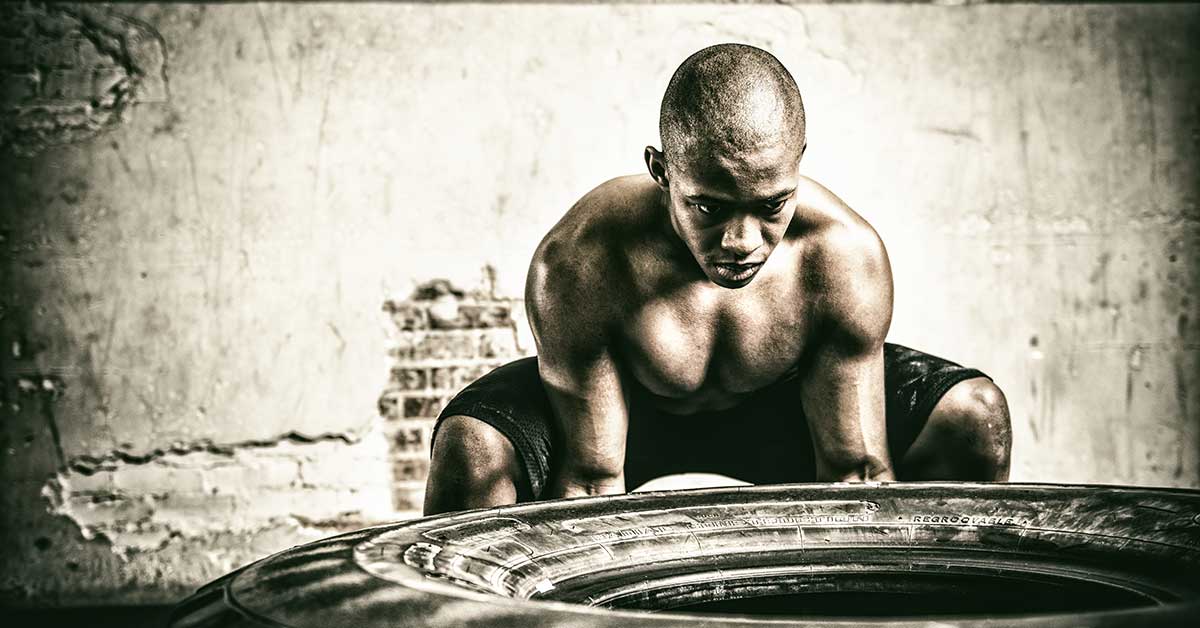
By Mike Snowden
Adding variety to a strength and conditioning program is essential to keep Generation Z student-athletes excited, motivated, and engaged. The issues with this arise when coaches begin to feel like they need to add variety just to appear more innovative or more qualified or to reel in more “likes” on social media. Often, that effort causes more harm than good not only for the athletes’ development, but also on the scoreboard, which is where things really matter.
The three methods I write about here are strategies I’ve found useful in building stronger and more durable athletes in a variety of sports. Keep your principles as your cornerstones, but spice stuff up like any good chef would do. The recipe that you use with your team may closely align with or be vastly different from the athletic performance program across the state, but the big rocks are likely very similar. That’s why two bowls of chili can look exactly the same but taste totally different.
Keep your principles as your cornerstones, but use variety to spice stuff up like any good chef would do, says @Mike__Snowden. Share on XI am lucky as a strength and conditioning coach, as our schedule allows us to have 60-minute training sessions four times each week, for the majority of the year. During the in-season period, our travel schedule dictates when we can train, but over the last two seasons, our men’s basketball team has averaged 65 strength training sessions in our home gym from our first day of official practice to our final competition. Because we get to train so frequently during the year, it is essential to add some sort of variety to not only avoid plateaus in progress, but also to keep morale high—even during tough times, such as when you need to shake off the hangover of a tough loss. This could also be that last week or two of the off-season program, when athletes can begin to lose interest and turn their attention to vacation plans or how they plan on spending their time away from campus or structured training.
The Westside Method (or Conjugate System) created by Louie Simmons of Westside Barbell in Columbus, Ohio, is based on variety. You perform the movement patterns often, but you vary the methods of loading quite frequently—hence, the reason for specialty barbells and training tools. This system began in powerlifting, so like most things, you must take only what’s applicable to the team, sport, or other athletes you work with. As strength and conditioning professionals, this is the same thing we do with other disciplines such as weightlifting, strongman, bodybuilding, and even CrossFit when appropriate.

Change Exercise Tempos
Following the principle of progressive overload, changing exercise tempo or the speed of execution of a movement is an easy way to overload an athlete without needing to raise the external load. Another beauty of this method is that it can apply to just about every exercise, and it can give you room in your exercise library if you are limited on space and/or equipment. The muscles work in three phases:
- The eccentric, or lengthening, phase.
- The isometric phase, where there is tension developed but no changes in length.
- The concentric phase, where the muscle is shortening.
Modifying the tempos allows you to increase the time under tension (TUT) and attack each phase specifically.

Cal Dietz built the Triphasic Training Model around loading each of these muscle actions with the goal of increasing power outputs in sport. One thing to keep in mind is that longer eccentric work will cause increased muscle soreness later on, so you must be mindful of the time of year you program this. A great thing about the tempo work is that, for newer athletes or newer movement variations, allowing the athlete to slow down the movement can help them process the kinesthetic cues a bit better (such as “where am I feeling this” or “am I balanced over my entire foot”). It also gives the coach more time to cue and correct any faults that may happen throughout the movement.
Four numbers, each representing the number of seconds spent during each phase of the movement, make up the tempo of the exercise, so it may look like the example in table 2. Table 3 shows a sample three-week tempo we use with incoming athletes to teach the squat pattern. You can then progress and regress your training program by adjusting the TUT for each repetition or each set based on the goal of the training program.
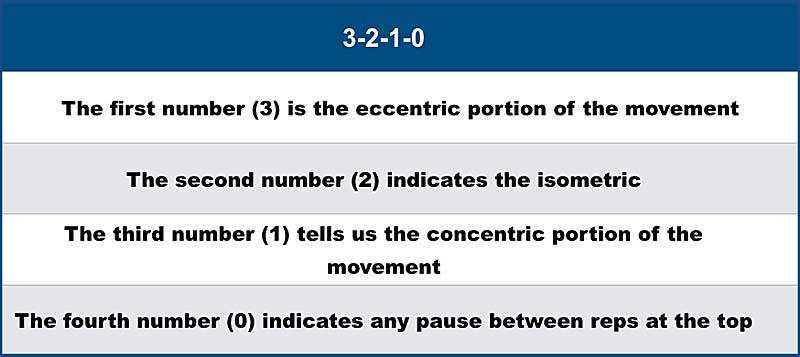
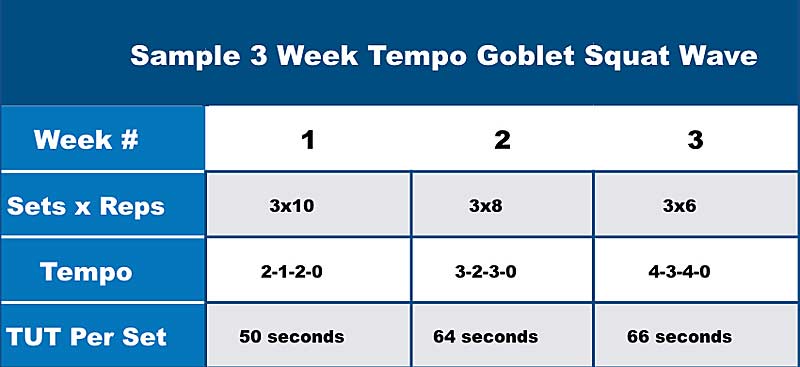

Add Variety to Hand and Foot Positioning
In our program, we use different hand positions to both add volume and target specific areas of the body in the off-season. During the in-season period, we may use certain hand or foot positions to work around injuries. Keep in mind the PRIMARY goal here IS NOT to develop our hand, wrist, and forearm strength. Athletes would perform training for this area daily, in what we call the “weak links” portion of our program. Altering something as small as a hand or foot position can be huge for a coach working with large groups of athletes at once. Because it is a movement that the athletes have done before, it requires minimal coaching and learning, which translates to more efficient training.
We use different hand positions to both add volume and target specific areas of the body in the off-season, says @Mike__Snowden. Share on XMaking the learning curve smaller also gives the athletes a greater confidence in their familiarity with the movement, and later on, the freedom to choose the grip or stance they’d prefer to use. In our program, at different points in the year, there are days when athletes can pick which grip variation they’d like to use for a particular movement. I’ve listed a sample bodyweight push-and-pull circuit below, using multiple hand and foot positions.
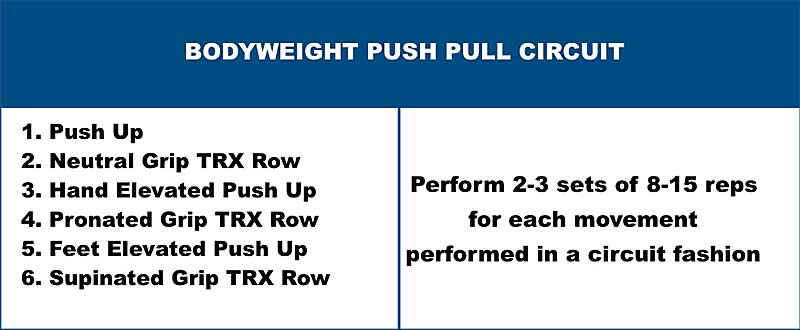
We’ve also used hand position to alter our supplemental lower body training at times. This has included hand-supported and free split squats, single leg squats, and deadlift variations. Hand and foot placement variations have also added another layer to our kettlebell swing progression. This includes the single-arm kettlebell swing, double kettlebell swing, and staggered-stance kettlebell swing. These variations have allowed us to build out some complexes and work capacity circuits to improve conditioning without running up and down the basketball court during the season
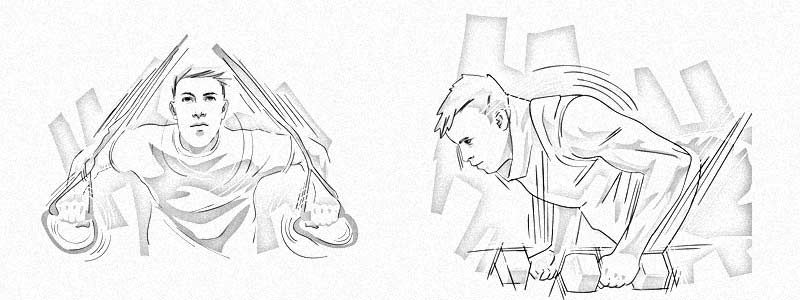
Common pulling and pressing movements give many hand and grip placement options. Hand-width changes on pulling and pressing can also make a huge difference in an athlete’s training program. Rotating between wide, narrow, underhand, and neutral grip pressing or pull-ups can provide months of exercise programming, or you can combine the rotations with suitable loads and rep ranges to build a complex or circuit. A few of the variations we use more frequently are the mixed-grip chin-up, close-grip bench press, and overhead pressing using a trap bar. A lot of this comes down to finding ways to get the most use out of the tools that you have available.
Hand-width changes on pulling and pressing can also make a huge difference in an athlete’s training program, says @Mike__Snowden. Share on X
Alter the Training Environment
Outsourcing your training session can be daunting for some strength and conditioning professionals who may not feel comfortable relinquishing “control” over their team. Many coaches seem to be okay with this when it comes to bringing in yoga instructors, but there are other disciplines where outsiders can be of help. My viewpoint has always been that if someone is better than me at something, connect with them and try to find a middle ground to help our athletes get better. Here in Tuscaloosa, we are lucky enough to be right down the road from the home gym of boxer Deontay Wilder, the WBC Heavyweight World Champion. After making the connection with the coaches at this gym, visiting with our team for a summer conditioning session was a no-brainer and a win-win scenario for both parties.
Of course, not everyone has that level of boxing facility right around the corner, and not all coaches or programs have the resources to bring in outside help. Still, there are ways to make this work. It is vital to “build your army” to help enhance your program.
My viewpoint is that if someone is better than me at something, I should connect with them and try to find a middle ground to help our athletes get better, says @Mike__Snowden. Share on XAt my previous coaching stop, we had a club boxing team on campus that we worked with to put together a few summer conditioning sessions. The boxing club provided gloves and mitts for the team to use, and we brought out sleds, tires, and medicine balls to put together a strongman medley to complement the boxing lesson out on our team’s football field. Going boxing with our team over the summer gave our athletes an opportunity to learn a new skill and create an additional bonding experience before the season.
As another way of changing the training environment, I have found that making even the subtle change of training outside can be valuable for basketball and volleyball athletes. At my last two jobs, we were lucky to have a “patio” right outside the weight room, which allowed us to do at least one portion of our training session outside daily. The majority of the time it was our loaded carries and sled work, but we had a few stall mats out there that allowed us to do our pulling and medicine ball work outside as well.
These patios weren’t anything fancier than a slab of concrete and a patch of grass, but they got the job done. Using your schools’ other athletic facilities can also help here. Taking court sport athletes out to run stairs at the football stadium or on the field can be enough to fire up your team. It can also build some connections with other coaching staffs if those relationships aren’t already in place.
Getting hardcourt athletes out to run on a surface other than what the athletes compete on can pay dividends later in the season. We’ve used the grass and turf quite a bit to reduce the amount of pounding we do outside of the sport. Building intermixed teams of women’s volleyball and basketball players for a competitive game of ultimate Frisbee on the field has been a great way to sneak in some extra conditioning and fun during the off-season.
Success Depends on Buy-In and Commitment
At the end of the day, safe, sound, and simple training isn’t always as sexy as some trainers and coaches on social media may make it seem. Hard work can actually be downright boring at times. It’s full of repetitive tasks that don’t always show immediate results; but, performed day after day and month after month, it can add up quite a bit. Many athletes do not always see it that way, but it’s the job of the strength coach to throw them a bone when they need it and add in some variety without rebooting the entire program.
It’s the job of the strength coach to throw athletes a bone when they need it and add in some variety without rebooting the entire program, says @Mike__Snowden. Share on XOne piece of advice that has been drilled into my head since my time as an intern is that even the most meticulously planned training program is nothing more than junk if your teams don’t fully buy into what you are trying to get done and aren’t engaged during the process. Making these three tweaks to your program will allow you to personalize the movements to each athlete or group. If there’s one thing I have learned after working with numerous athletes, it’s that setting the athlete up for success is the best way to generate athlete buy-in and avoid stagnation.
Since you’re here…
…we have a small favor to ask. More people are reading SimpliFaster than ever, and each week we bring you compelling content from coaches, sport scientists, and physiotherapists who are devoted to building better athletes. Please take a moment to share the articles on social media, engage the authors with questions and comments below, and link to articles when appropriate if you have a blog or participate on forums of related topics. — SF
[mashshare]




